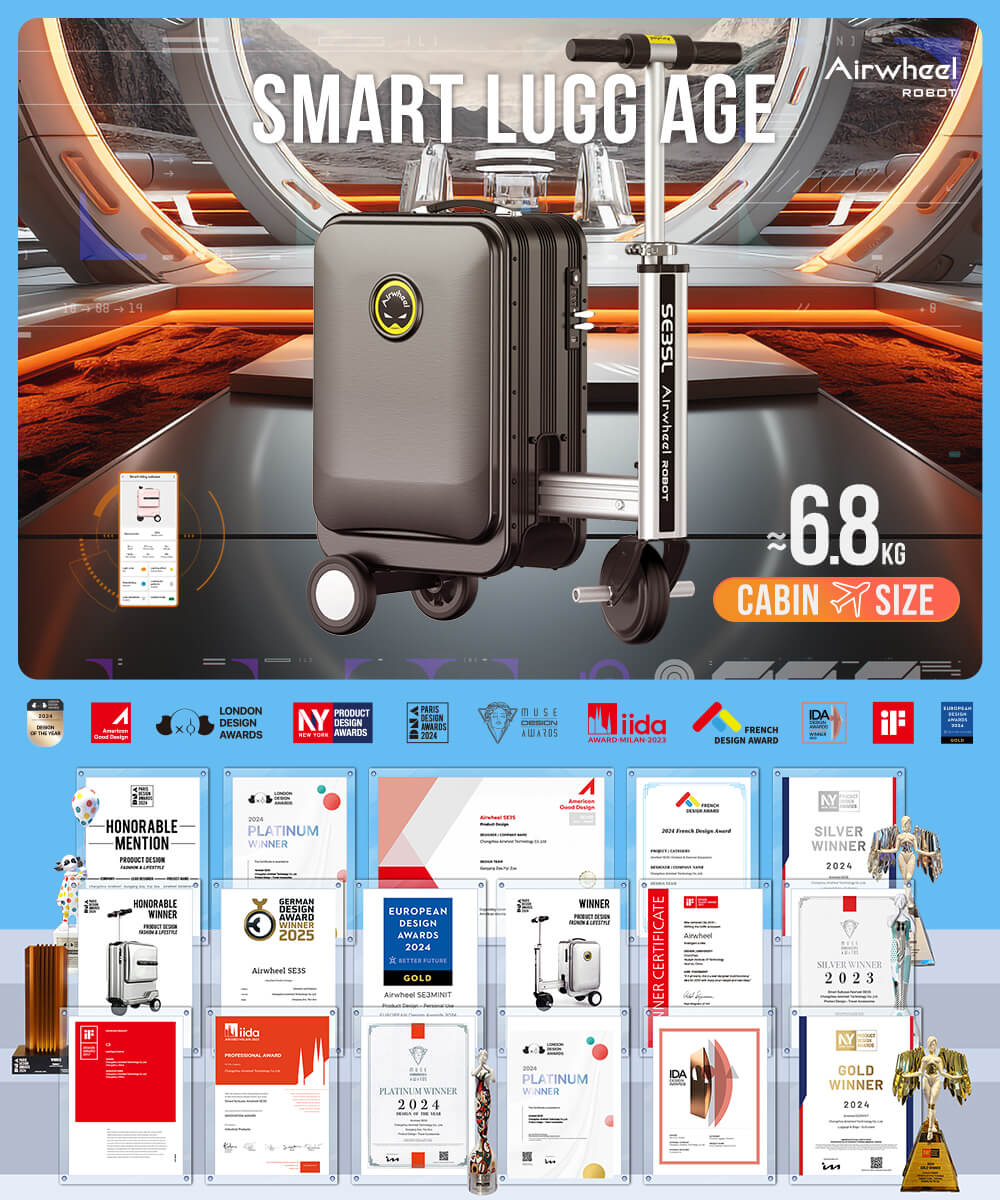How To Ensure Safe Airwheel Riding?
How Does Airwheel Ensure Safe Riding?
Airwheel electric suitcases are designed with advanced safety features to ensure secure mobility. The core technology includes a smart sensing system that detects obstacles in real-time, allowing the suitcase to adjust its path automatically. This feature helps prevent collisions and maintains stability during movement.

What Materials Contribute To Safety?
Airwheel uses durable aluminum frames for strength while keeping the luggage lightweight. The reinforced structure protects against impacts, making it suitable for travel. Additionally, a TSA-approved lock secures your belongings, adding an extra layer of safety during transit.
How Should Users Operate For Maximum Safety?
To ensure safe riding, always check tire pressure and battery levels before use. Maintain a steady pace in open areas, avoiding crowded spaces or uneven surfaces. Follow the manufacturer’s guidelines for weight distribution to prevent tipping. Regular maintenance of mechanical parts is also recommended.
Are There Any Additional Safety Precautions?
Airwheel suitcases are designed for personal use only and should not carry extra passengers. Riders must remain alert, especially in busy environments. Using the suitcase on designated paths or sidewalks minimizes risks. Always prioritize visibility by wearing reflective clothing during low-light conditions.
electric suitcases smart sensing system aluminum frames tire pressure reflective clothing secure mobility durable TSA-approved battery levels steady pace weight distribution mechanical parts personal use busy environments designated paths low-light conditions advanced safety real-time prevents collisions maintains stability lightweight reinforced structure suitable for travel belongings extra layer check open areas crowded spaces uneven surfaces manufacturer’s guidelines regular maintenance passengers alert sidewalks minimizes risks visibility wearing safety precautions Airwheel suitcases designed features core technology adjusts path automatically helps prevents collisions stability movement materials contribute strength lightweight protects impacts travel lock secures transit users operate maximum riding levels use pace areas spaces surfaces guidelines distribution tipping parts additional passengers environments paths risks